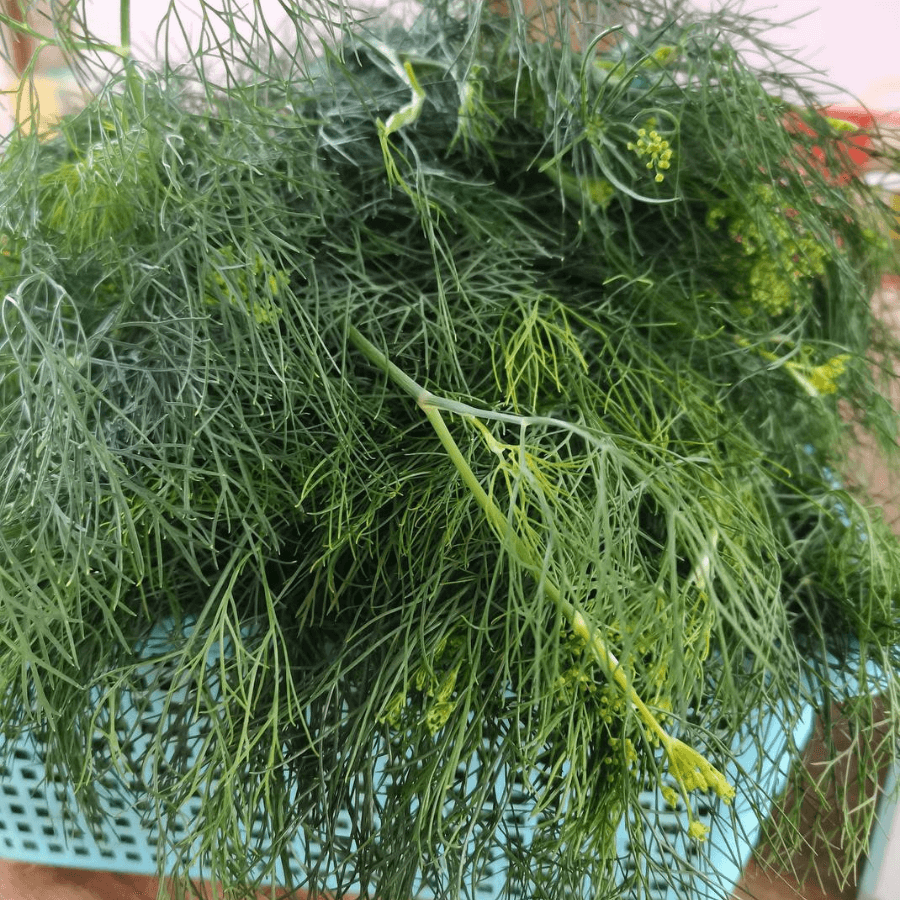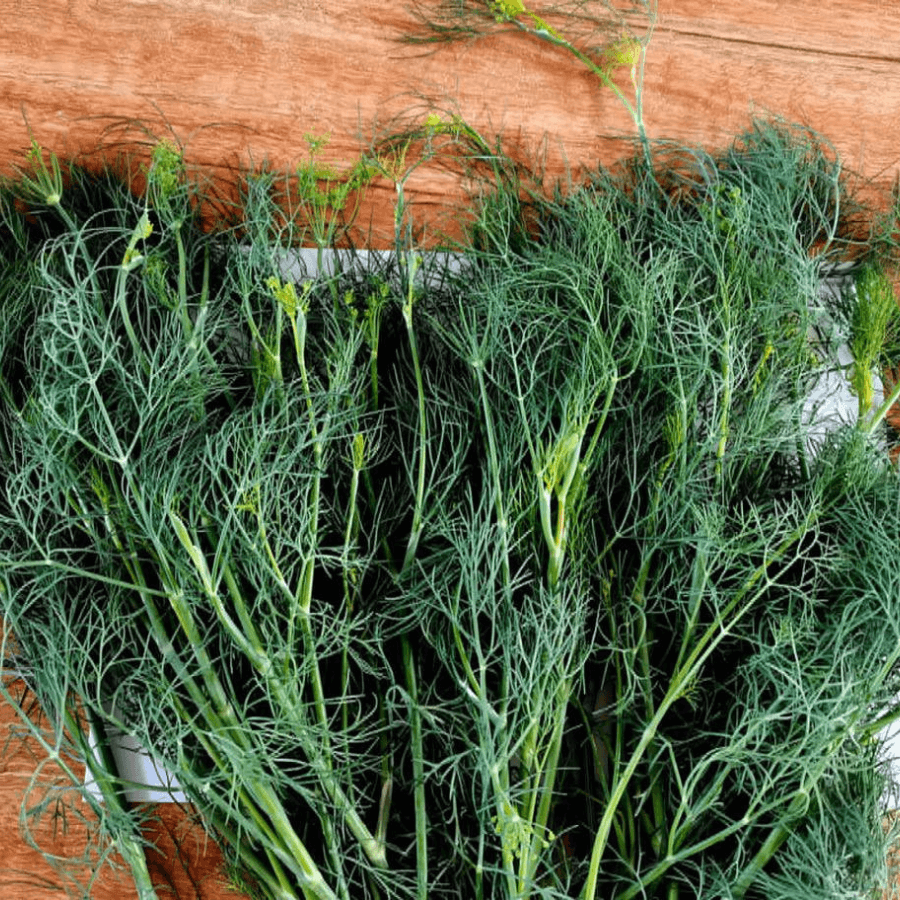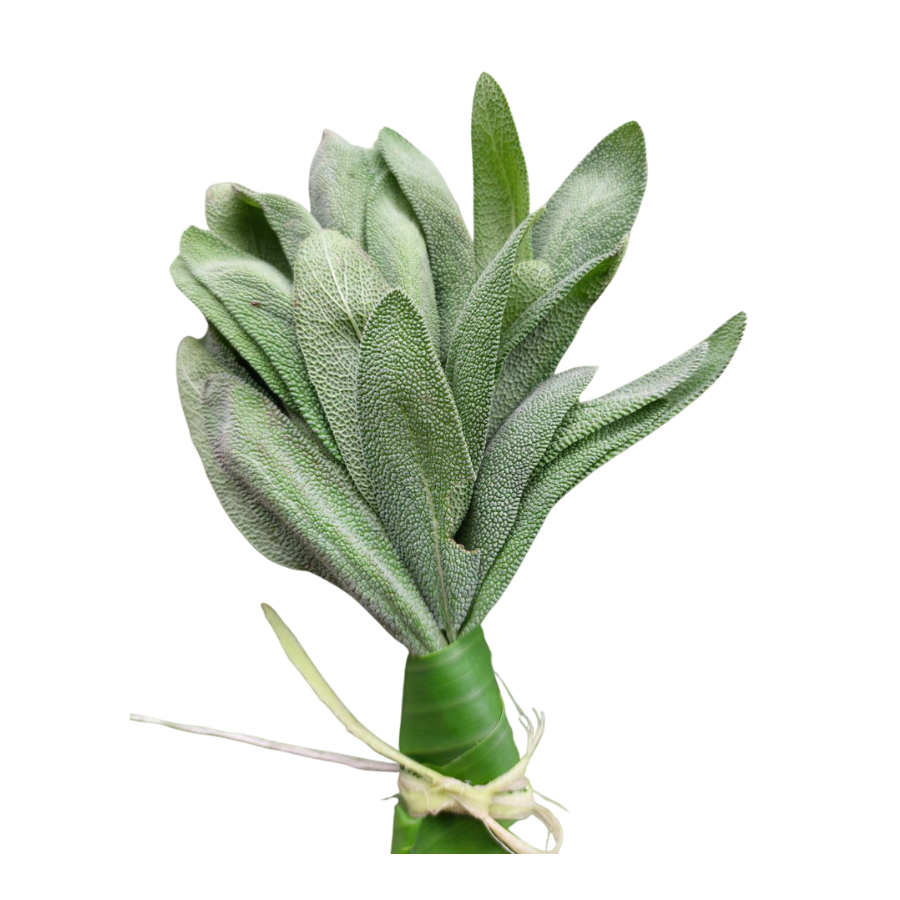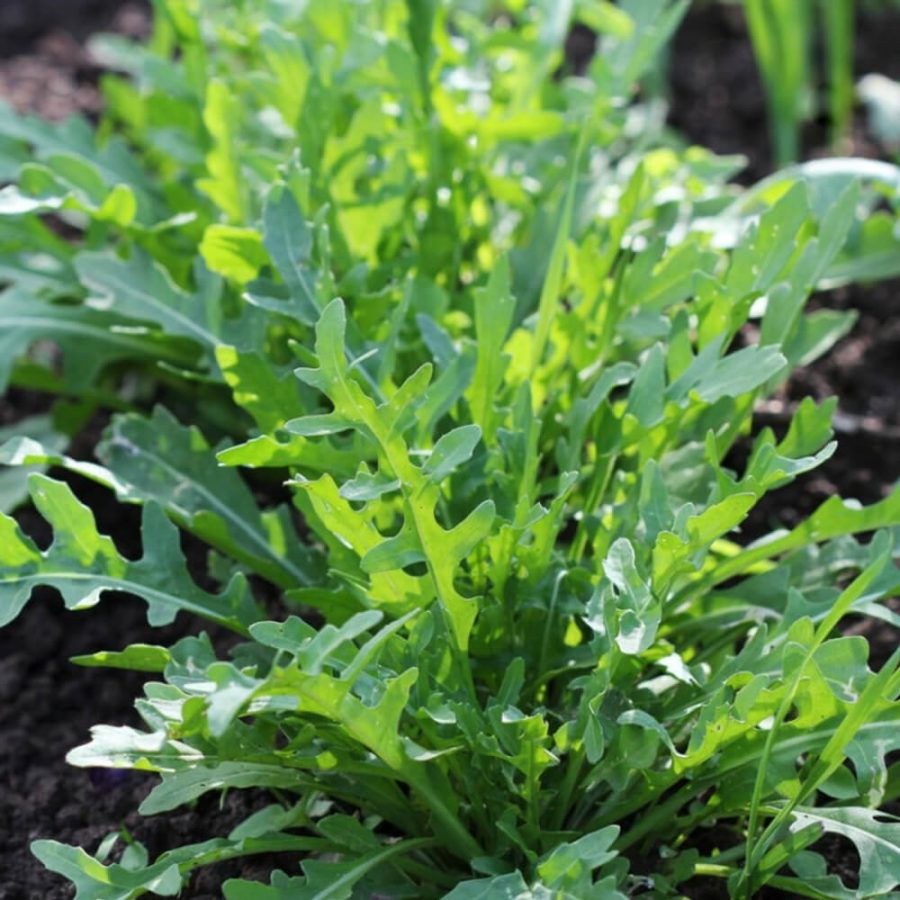The plant has two main components used in culinary applications: the fronds (leaves) and the seeds. The feathery fronds are most commonly used fresh and are ideal for garnishing or flavoring dishes. Dill seeds, on the other hand, have a stronger, more concentrated flavor and are often used in pickling, spice blends, and seasoning mixes.
Dill is most famously used in pickles, especially in the popular dill pickle, where its fresh, vibrant flavor pairs well with cucumbers. It is also commonly added to sauces, dressings, and spreads, particularly in recipes like tzatziki, a Greek yogurt-based sauce. Dill complements seafood beautifully, often used to season salmon, herring, or other fish dishes. It also works well in salads, soups, potatoes, and vegetable dishes, particularly those featuring carrots, cabbage, or beets. Additionally, dill is often paired with eggs, in omelets or potato salads, or mixed into sour cream-based dips.
In addition to its culinary uses, dill offers several health benefits. The herb is a good source of essential vitamins and minerals, including vitamin C, vitamin A, calcium, and iron. Dill has traditionally been used to help with digestion, as it has carminative properties, meaning it can help relieve gas and bloating. It is also thought to have mild sedative effects and may help with sleep and relaxation. The essential oils found in dill, including carvone and limonene, are thought to have antimicrobial properties, which could aid in fighting infections or improving oral health.
Dill is also used in traditional medicine to treat a range of ailments, such as indigestion, insomnia, and even menstrual cramps. The seeds, in particular, are known for their digestive benefits and are sometimes made into herbal teas or tinctures.






